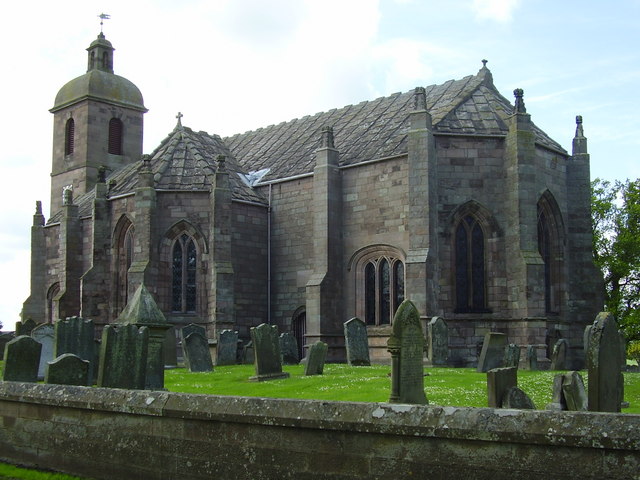The Church of Scotland is selling 100 historic buildings to free up funds after a drastic decline in the number of worshippers and ministers.
Churches, plots of land and former council houses, some dating back to the 1700s, have been listed for sale at prices ranging from £35,000 in what the Church has described as a “painful” move.
The charity said financial pressures have forced it to make “difficult” decisions on its future, adding it now owns “far more [churches] than is required”.
A Church of Scotland spokesman said: “We understand fully the wide range of emotions – anger, guilt, sorrow and relief that the burden of trying to keep a place of worship open with few people and little, if any contribution from other community sources, has finally been lifted.
“The Church owns thousands of properties, far more than required to achieve our primary mission of sharing the good news of Jesus Christ.
“It is going through a transformation and it is essential that the Church is properly equipped to be fit for purpose in the 21st century. Although buildings are cherished, they must not hinder progress.”
The decline in church attendance has been substantial, with a million members lost since 2001. Most Scots now identify as having no religion, according to the latest census data. Additionally, clergy numbers have fallen significantly, with a 40% decrease in ministers since 2000.
Historic buildings on the market include St Mary’s Greyfriars in Dumfries (bids over £38,000) and St Marks in Aberdeen (£390,000). However, energy performance remains a concern for most properties.
Despite criticism for forcing country dwellers to travel to neighbouring parishes, the Church believes these buildings can serve various purposes, from residential to educational. Potential buyers are advised to proceed with caution.
The closure of the 900-year-old Birnie Kirk in Moray caused uproar last year, but it will eventually be released from ownership by 2027. The Church acknowledges the challenges posed by changing patterns of church life and the for adaptation
By ridding itself of centuries-old, energy-sapping buildings, the Church is hopeful it can “reduce the pressure on congregational finances”.
In a sharp contrast, critics note that the British, who built the first church in Nigeria and were instrumental in establishing Christianity across their colonies, now appear to be turning away from the very faith they once championed.
Meanwhile, African congregations, particularly in Nigeria, are experiencing remarkable growth, with churches not merely surviving but thriving. Yet, observers caution that such fervent devotion can at times tip into extremes, with reports of individuals refusing medical treatment or even neglecting work commitments in favour of religious activities.
In Scotland, many historic church buildings, once central to community life are being sold off or converted for secular use as congregations dwindle, underscoring the stark divergence between Christianity’s decline in parts of Britain and its vigorous expansion overseas.







Leave a Reply